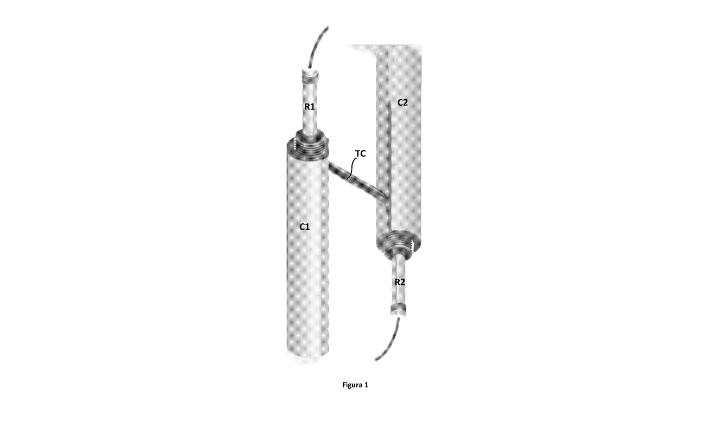A novel apparatus has been designed to generate hydrogen in real time through the vapor catalytic reforming of ethanol. This technology holds promise for significant pollutant emission reduction, impacting both the environment and the economy by utilizing a more efficient energy source.
The core function of the patented apparatus is to produce hydrogen in real time using ethanol as a renewable energy source. Unlike traditional methods of hydrogen production, which often involve large-scale and energy-intensive processes, this apparatus is tailored for applications in passenger vehicles. By generating hydrogen on-the-fly, it enables vehicles to use a clean and renewable fuel source, contributing to a substantial decrease in vehicular emissions.
The apparatus is constructed with two interconnected chambers, each playing a critical role in the hydrogen production process. In the first chamber, the injected fuels, primarily ethanol, undergo pre-heating. This step is essential for preparing the fuel mixture for the subsequent catalytic reforming process. Once pre-heated, the fuels are transferred to the second chamber. Here, at standardized temperatures ranging between 573-873 K, and with a water to ethanol molar ratio of up to 18:1, the core catalytic reaction occurs.
The molecular catalytic reforming process in the second chamber relies heavily on specialized materials, specifically high surface area doped calcium phosphates. These materials facilitate the reforming reaction by providing an efficient surface for the catalytic conversion of ethanol and water into hydrogen and other by-products. The use of these advanced catalytic materials enhances the overall efficiency and effectiveness of the hydrogen generation process.
As the technology matures, there could be wider applications beyond just passenger vehicles. The potential exists for scaling this hydrogen generation method for use in larger vehicles or even stationary power generation systems. The focus remains on refining the apparatus design for enhanced efficiency and integration into existing automotive technologies.
